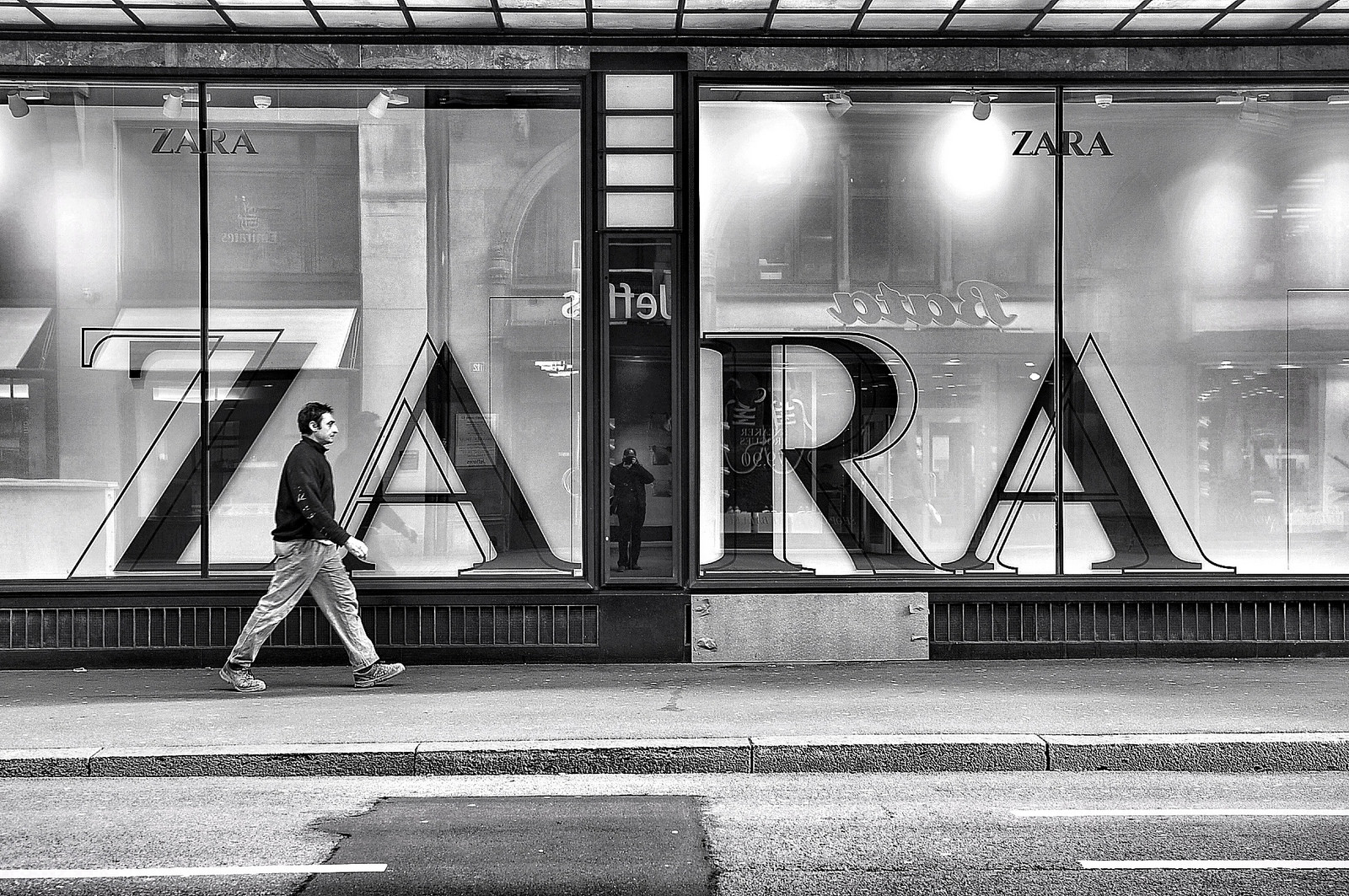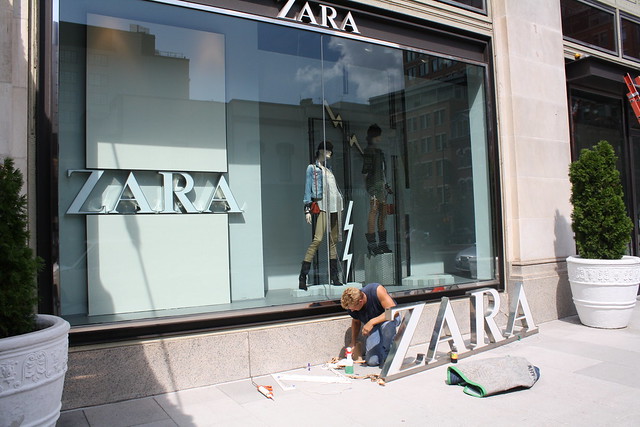It’s billed as the largest clothing retailer in the world.
It’s also quite possibly the fastest mass designer of fashion, too.
From humble beginnings off a coastal town in Spain to over 2,000 global locations, Zara currently rules the clothing landscape with their affordable upscale brand.
The apparel designer’s business model does not follow a conventional retail path. While most apparel companies commit months in advance to a particular style or fashion, Zara uses its supply chain to produce clothes that are only weeks away from hitting the stores.
In doing this, Zara is able to capitalize on popular fashions when it’s initially in style. That’s one reason Zara is becoming one of the most searched for brands online.
The company also relies heavily on their customers’ comments and feedback to pattern their fashion designs. Customers see their input – literally – in the stores and online within weeks.
This business model also creates a sense of urgency for consumers. Knowing that clothes in stores today may not be available to purchase next month can generate a buying power many retailers cannot match.
Zara is a subsidiary of the European giant Inditex. The retail giant has 6,460 stores in 88 countries with brands that include Pull&Bear, Massimo Dutto, and Stradivarius.
Looking for a location near you? Most Zara stores are located in high-traffic areas of large cities and near higher-priced competition.
Earlier this year, the company announced plans to add 12 new locations, bringing their U.S. store count to 64 by the end of 2015.


